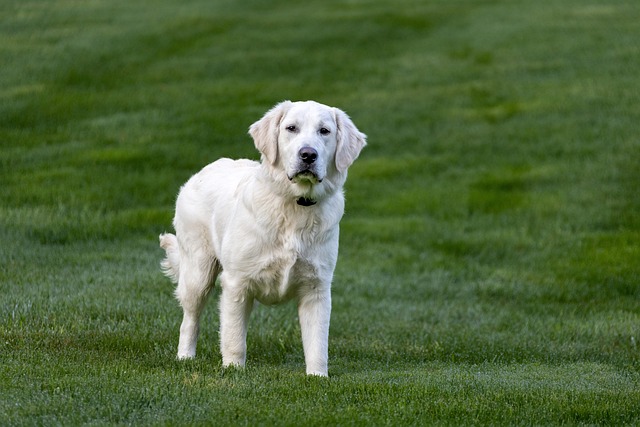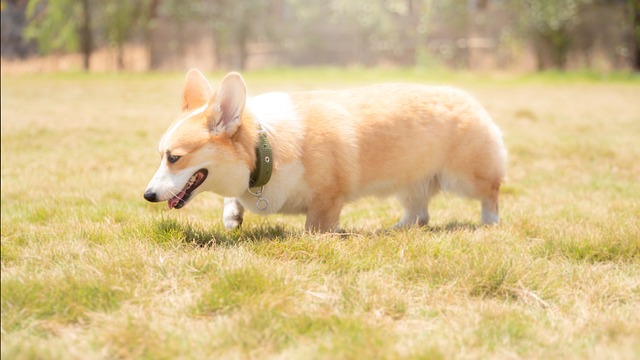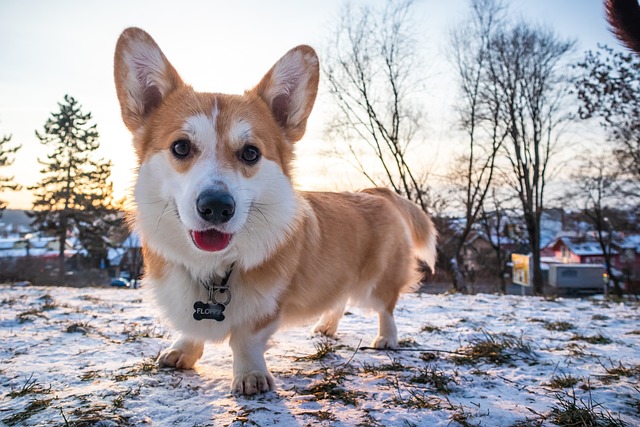
What is a balanced diet for a dog?
Balanced diet for dogs isn’t just about filling a bowl—it’s about matching nutrients to their age, breed, and activity level.
Bathing a dog in the bathtub doesn’t have to be a messy fight—with a little prep, it can even be a calm routine for both you and your pup. Start by gathering supplies ahead of time: a non-slip mat for the tub floor, a gentle dog-specific shampoo, a cup or handheld showerhead with warm water, and a soft towel nearby. Most dogs feel safer when they know what to expect, so laying out these items first helps cut down on their anxiety.
Before turning on the water, brush your dog thoroughly to remove loose fur—this stops clumps from turning into mats once they get wet. Once they’re brushed, lead them into the tub slowly; if they hesitate, offer a small treat to encourage them. Adjust the water temperature to feel warm but not hot (test it with your wrist, just like you would for a baby) and keep the pressure low to avoid scaring them. Start wetting their body from the neck down, leaving their head for last—many dogs hate getting water in their ears or eyes.
When applying shampoo, work up a lather gently with your hands, focusing on dirty areas like paws or the belly. Avoid scrubbing too hard, especially on sensitive spots like the belly or inner thighs. Rinse thoroughly—leftover shampoo can cause itching or dry skin, so take extra time to make sure all suds are gone. For dogs who hate water on their head, use a damp cloth to wipe their face instead of pouring water over it.
 After the bath, wrap your dog in the towel right away to soak up excess water. Pat them dry (rubbing can cause tangles) and if they’ll let you, use a low-heat hair dryer to finish the job—hold it a few inches away from their skin to prevent burns. Once they’re dry, give them another treat and some praise to make the experience positive; this helps them associate baths with good things, making future washes easier.
After the bath, wrap your dog in the towel right away to soak up excess water. Pat them dry (rubbing can cause tangles) and if they’ll let you, use a low-heat hair dryer to finish the job—hold it a few inches away from their skin to prevent burns. Once they’re dry, give them another treat and some praise to make the experience positive; this helps them associate baths with good things, making future washes easier.
It’s also important to remember local pet regulations—some areas require dogs to be kept clean to prevent the spread of pests or bacteria, especially in shared spaces like parks or apartment buildings. Regular baths (usually every 4-6 weeks, depending on your dog’s activity level) not only keep them compliant but also help you spot issues like skin irritations or ticks early.
With a little patience and the right setup, bathing your dog in the bathtub can become a smooth part of your routine. By making it a positive experience for your pup and staying on top of local rules, you’ll keep them happy, healthy, and ready for their next adventure—whether that’s a walk in the park or a cuddle on the couch.

Balanced diet for dogs isn’t just about filling a bowl—it’s about matching nutrients to their age, breed, and activity level.

Bathing a dog in the bathtub doesn’t have to be a messy fight—with a little prep, it can even be a calm routine for both you and your pup.

I’ll start with a relatable scenario of a new owner struggling to keep their dog cool in hot weather, then explain how cooling bandanas work (and their limits) using science

Proper nutrition for a dog isn’t just about filling a bowl—it’s about matching their body’s needs to their age, size, and energy level.

I sat across from my friend Mia in her Denver kitchen last month, her 13-year-old Golden Retriever, Charlie, curled at her feet—slowly blinking, occasionally forgetting where his water bowl was.

I’ll start with a relatable scenario of a new owner struggling to pet their dog comfortably, explain the canine sensory and trust-based reasons behind proper petting